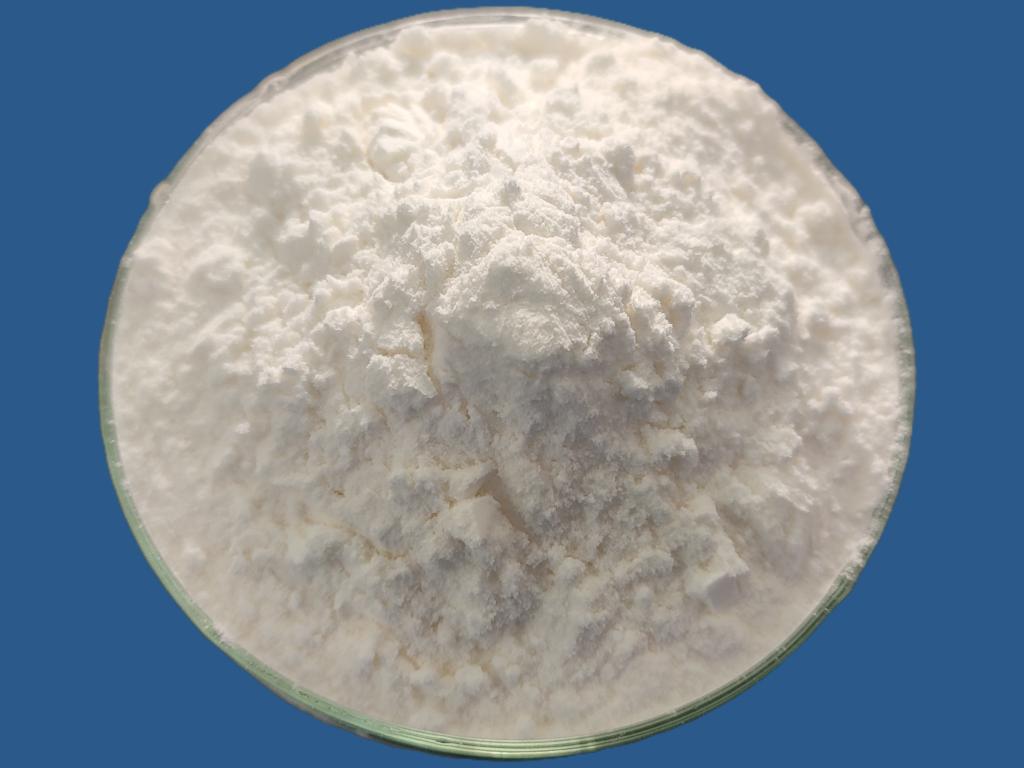Tel:+8618231198596

News
 CONTACT
CONTACT
 CONTACT
CONTACT
- Linkman:Linda Yao
- Tel: +8618231198596
- Email:linda.yao@dcpharma.cn
- Linkman:CHARLES.WANG
- Department:Overseas
- Tel: 0086 0311-85537378 0086 0311-85539701
News
Current Position:
Home >
News
>From Lab to Table: ε-Polylysine Hydrochloride's Journey in Biotechnology
From Lab to Table: ε-Polylysine Hydrochloride's Journey in Biotechnology
TIME:2023-12-29
I. Introduction: The Biotechnological Genesis of ε-Polylysine Hydrochloride
Discovery and Early Development
The discovery of ε-polylysine as a natural antimicrobial agent marked the beginning of its biotechnological journey. Originating from the bacterium Streptomyces albulus, ε-polylysine's initial applications were explored in the realm of microbiology and fermentation.
Synthesis and Hydrochloride Formulation
The transition from ε-polylysine to its hydrochloride form involved innovations in synthesis and formulation processes. The conversion enhanced its stability, solubility, and applicability across diverse biotechnological applications.
II. Biotechnological Applications in Fermentation and Microbiology
Antimicrobial Properties in Fermentation Processes
ε-Polylysine's antimicrobial properties found early applications in fermentation processes, where it helped control microbial contamination, ensuring the purity and efficiency of microbial cultures. This laid the foundation for its subsequent applications in various industries.
Preservation in Bioprocessing
In bioprocessing, where maintaining a sterile environment is critical, ε-polylysine hydrochloride emerged as a natural preservative. Its role in preventing contamination and extending the shelf life of bioprocessed products demonstrated its efficacy beyond the laboratory.
III. ε-Polylysine in Agriculture: A Biotechnological Shield for Crops
Control of Plant Pathogens
The biotechnological journey of ε-polylysine extended to agriculture, where it proved effective in controlling plant pathogens. Its application in plant protection demonstrated its potential as a sustainable alternative to traditional pesticides, aligning with the principles of green agriculture.
Enhancing Crop Yield and Stress Tolerance
Studies exploring ε-polylysine's impact on plant stress tolerance showcased its biotechnological potential to enhance crop yield under adverse conditions. The modulation of stress response mechanisms became a key focus in agricultural biotechnology.
IV. Biotechnological Advancements in ε-Polylysine Production
Fermentation Optimization
Biotechnological advancements in the production of ε-polylysine involved optimizing fermentation processes. Strain engineering, fermentation conditions, and bioreactor design played crucial roles in enhancing yield, purity, and overall efficiency.
Synthetic Biology Approaches
The integration of synthetic biology principles in ε-polylysine production allowed for the customization of its properties. Engineered variants with improved characteristics opened new avenues for tailoring ε-polylysine for specific biotechnological applications.
V. ε-Polylysine in Healthcare: Biotechnological Innovations in Medicine
Antimicrobial Applications in Wound Healing
The antimicrobial properties of ε-polylysine found applications in healthcare, particularly in wound healing. Biotechnological innovations led to the development of ε-polylysine-containing wound dressings, showcasing its potential in preventing infections and promoting healing.
Medical Coatings and Device Sterilization
Biotechnological applications extended to medical coatings, where ε-polylysine hydrochloride served as a key component in preventing biofilm formation on medical devices. Its use in sterilization processes highlighted its role in enhancing medical device safety.
VI. ε-Polylysine Hydrochloride in Food Biotechnology: A Natural Preservative
Food Preservation and Safety
One of the most impactful applications of ε-polylysine in biotechnology is its role in food preservation. As a natural preservative, ε-polylysine hydrochloride addresses the growing consumer demand for clean-label, minimally processed foods while ensuring microbial safety.
Enhanced Shelf Life and Quality Retention
Biotechnological interventions in the food industry involved incorporating ε-polylysine hydrochloride into various products. Its ability to extend shelf life and retain the quality of perishable foods such as meat, dairy, and baked goods revolutionized food preservation methods.
VII. Environmental Biotechnology: ε-Polylysine in Sustainability
Wastewater Treatment Applications
The biotechnological journey of ε-polylysine expanded into environmental sustainability. Its application in wastewater treatment, where it served as a bioflocculant, showcased its potential to address water pollution and contribute to sustainable biotechnological solutions.
Biodegradable Films and Packaging
Biotechnological innovations in packaging materials involved ε-polylysine hydrochloride as a component of biodegradable films. This demonstrated its role in reducing environmental impact by offering eco-friendly alternatives to traditional packaging materials.
VIII. Challenges and Future Directions in Biotechnological Applications
Biotechnological Challenges in Scale-Up
Scaling up the production of ε-polylysine for widespread applications poses biotechnological challenges related to cost-effectiveness, large-scale fermentation, and downstream processing. Collaborative efforts are essential to address these challenges and enhance the feasibility of ε-polylysine's biotechnological applications.
Biotechnological Exploration of New Frontiers
The future of ε-polylysine in biotechnology involves exploring new frontiers. This includes investigating its potential in targeted drug delivery, personalized medicine, and as a component in advanced biomaterials. Biotechnological research continues to unravel the diverse applications of ε-polylysine in addressing contemporary challenges.
IX. Conclusion: ε-Polylysine Hydrochloride's Enduring Impact in Biotechnology
From its humble origins in the laboratory to its diverse applications in agriculture, healthcare, and environmental sustainability, ε-polylysine hydrochloride has traversed a remarkable path in biotechnology. Its natural origin, antimicrobial efficacy, and versatility make it a biotechnological ally with far-reaching implications. As ε-polylysine continues to shape the biotechnological landscape, collaborative research, innovation, and regulatory support will be essential to unlock its full potential and ensure its enduring impact in biotechnological advancements. The journey of ε-polylysine from the lab to the table underscores its transformative role in addressing complex challenges across diverse biotechnological domains.
- Tel:+8618231198596
- Whatsapp:18231198596
- Chat With Skype







